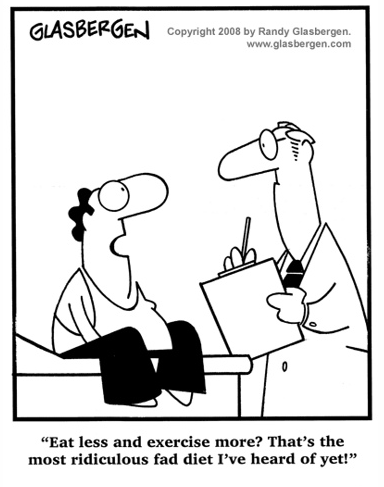
What Is Glycemic Index And Why You Should Care
 People looking to lose weight or burn off some extra body fat are becoming more aware of something called the Glycemic Index of foods. So what is glycemic index and why should you care?
People looking to lose weight or burn off some extra body fat are becoming more aware of something called the Glycemic Index of foods. So what is glycemic index and why should you care?
The glycemic index (or GI for short) measures how carbohydrate-containing foods raise blood glucose levels. The foods are measured in rankings based on how they compare to a reference food; for example, either glucose or white bread. A food with a high glycemic index raises blood glucose more than a food with a low or medium glycemic index. Diets high in sugar are responsible for that extra bit of belly fat, and why you probably aren’t sporting some v shaped abs.
When planning your meals around the glycemic index, you need to choose foods that haw a low or medium GI. If you’re preparing a food with a high glycemic index, it’s a good idea to combine it with a food that has a low GI to balance out the meal. Some examples of carbohydrate-containing foods with a low glycemic index include: sweet potatoes, corn, yams, beans, some fruits, and a lot of whole grain breads and cereals (such as whole wheat bread, rye bread, pita bread, oats, and all-bran cereal).
Meats and fats do not have a glycemic index because they are not a carbohydrate containing food.
What affects the Glycemic Index of foods?
A good rule of thumb to is that the more cooked or processed a food is, the higher the glycemic index. However, this is not always the case. Another fact to remember is that fat and fiber tend to lower the GI of foods.
Below are some examples of other factors that can affect the glycemic index of a food:
Ripeness and storage time – the more ripe a vegetable or fruit is, the higher the glycemic index is of that food
Processing – juice has a higher glycemic index than whole fruit and mashed potatoes have a higher GI than a whole baked potato.
Cooking method – the length of time a food is cooked. Pasta for example; al dente pasta has a lower glycemic index than soft-cooked pasta.
What is Glycemic Index diet:
- Although the glycemic index may tell you the type of carbohydrate in a specific food, it does not moderate the amount of carbs or calories you’re consuming! Let’s not forget about portion control people! If you’re looking to lean out or lose weight portion sizes are still the golden rule of thumb.
- The glycemic indexes of foods are different when combined with other foods then when they are eaten by themselves. When eating a high GI food, combinging it with a low GI food can actually balance out the effect it will have on your blood glucose level.
- A lot of nutritious foods happen to have a higher glycemic index than foods with little or no nutritional value. A good example of this is oatmeal; it contains a higher glycemic index than chocolate! Who would have thought! Use of the GI needs to be balanced evenly with good nutrition, healthy foods, and moderation! Check out some of our High Protein Recipes for other ideas.
So now that we’ve answer what is glycemic index, let’s look at some examples:
Low GI Foods (55 or less)
100% stone-ground whole wheat or pumpernickel bread
Oatmeal (rolled or steel-cut), oat bran, muesli
Pasta, converted rice, barley, bulgar
Sweet potato, corn, yam, lima/butter beans, peas, legumes and lentils
Most fruits, non-starchy vegetables and carrots
Medium GI (56-69)
Whole wheat, rye and pita bread
Quick oats
Brown, wild or basmati rice, couscous
High GI (70 or more)
White bread or bagel
Corn flakes, puffed rice, bran flakes, instant oatmeal
Shortgrain white rice, rice pasta, macaroni and cheese from mix
Russet potato, pumpkin
Pretzels, rice cakes, popcorn, saltine crackers
melons and pineapple




